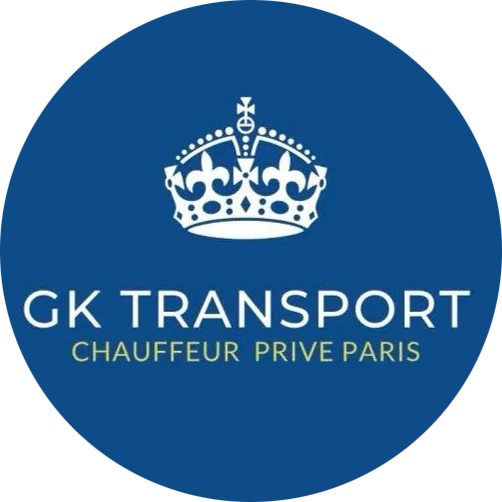In the realm of international diplomacy, the transportation of dignitaries plays a crucial role in ensuring smooth and successful engagements. When it comes to US dignitaries visiting Paris, a city known for its rich history and bustling urban environment, the logistics of their travel require meticulous planning and execution. This article delves into the intricacies of chauffeur transfers for US officials in Paris, highlighting the importance of seamless transportation, the vital role of chauffeurs, and practical considerations for navigating the French capital during official visits.
Ensuring Seamless Transfers for US Dignitaries
For US dignitaries visiting Paris, seamless transportation is not just a convenience—it’s a necessity. The intricate web of diplomatic engagements, meetings, and events demands a transportation system that is both reliable and efficient. Every detail, from the choice of vehicles to the routes taken, must be carefully orchestrated to avoid delays and ensure punctuality. The stakes are high, as any disruption can have ripple effects on the tightly packed schedules of high-profile officials. Thus, the transportation framework for US dignitaries in Paris is designed to be as seamless as possible, with contingencies in place to mitigate any unforeseen challenges.
This level of precision requires collaboration between multiple stakeholders, including the US Embassy, local authorities, and private transportation companies. The vehicles used for these transfers are often equipped with advanced technology to ensure safety and comfort, reflecting the high standards expected by US officials. Furthermore, the coordination extends beyond mere logistics; cultural and diplomatic sensitivities are also taken into account to ensure that the dignitaries’ experience is respectful and aligned with protocol. Ultimately, the goal is to provide a transportation experience that allows US dignitaries to focus on their diplomatic missions without concern for logistical hurdles.
The Role of Chauffeurs in Parisian Diplomatic Travel
Chauffeurs are the unsung heroes of diplomatic travel in Paris, playing a pivotal role in the smooth execution of official visits. These highly skilled drivers are more than mere operators of vehicles; they are trained professionals who understand the nuances of diplomatic protocol and the specific needs of high-profile passengers. Their expertise is critical in navigating the often congested streets of Paris, ensuring that dignitaries arrive at their destinations on time and in comfort. Chauffeurs are also adept at maintaining discretion and confidentiality, an essential trait given the sensitive nature of diplomatic discussions.
In addition to their driving skills, chauffeurs often serve as informal guides, providing valuable insights into the city and its landmarks. Their local knowledge can be invaluable in adapting to changing conditions, such as road closures or unexpected traffic, which are commonplace in a vibrant city like Paris. Furthermore, chauffeurs are typically multilingual, enabling them to communicate effectively with their passengers and local officials alike. This combination of skills and attributes makes chauffeurs indispensable to the diplomatic process, ensuring that US dignitaries can navigate the complexities of Parisian travel with ease and efficiency.
Navigating Paris: A Guide for US Official Visits
Navigating Paris during an official visit requires careful planning and a keen understanding of the city’s unique transportation landscape. The French capital is renowned for its historical charm and architectural beauty, but its streets can present challenges for those unfamiliar with its layout. For US dignitaries, having a well-planned itinerary is crucial to maximizing the efficiency of their visit. This includes accounting for travel times between engagements, understanding peak traffic periods, and being aware of any local events that may impact mobility.
The use of technology, such as GPS navigation and real-time traffic updates, is essential in ensuring smooth transit between destinations. Additionally, leveraging local expertise, such as that provided by experienced chauffeurs, can greatly enhance the ability to adapt to unforeseen circumstances. For US dignitaries, the goal is to maintain focus on their diplomatic objectives, rather than being bogged down by logistical issues. By understanding the dynamics of Parisian travel, officials can ensure that their visits are productive and that they leave a positive impression on their French counterparts.
In conclusion, the transportation of US dignitaries in Paris is a complex operation that demands precision, skill, and a deep understanding of both logistical and diplomatic requirements. From ensuring seamless transfers to the invaluable role played by chauffeurs, each element is carefully orchestrated to facilitate successful diplomatic engagements. Navigating the vibrant and historic city of Paris during official visits requires not only meticulous planning but also the ability to adapt to dynamic conditions. By prioritizing efficient and respectful transportation, the diplomatic missions of US officials can proceed smoothly, fostering positive international relations and achieving their strategic objectives.




